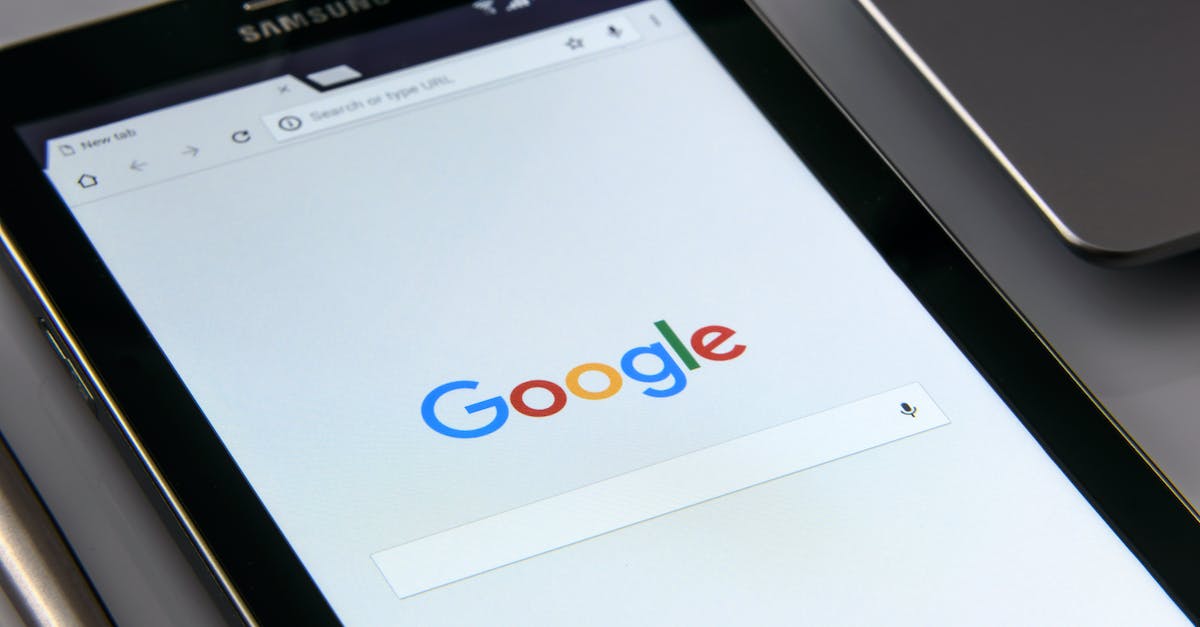您在吸引網站流量時遇到困難嗎?管道是提高網站轉換率的好方法。漏斗是訪客在您的網站上轉換時所採取的路徑。這是引導客戶完成購買、註冊新聞通訊或任何其他類型轉換的整個過程的有效方法。從人們點擊您的網站的那一刻到他們轉換的那一刻,管道確保他們的體驗盡可能無縫。在本文中,我們將討論您需要了解的有關網站上管道的所有資訊 - 為什麼它們很重要、使用它們的技巧等等。讓我們開始吧!
什麼是漏斗?
通路是一種用來幫助企業了解和改善客戶旅程的工具。漏斗是客戶在購買或其他所需操作之前所採取的各個步驟的直觀表示。
漏斗可用於分析每個階段的客戶旅程,以確定需要改進的領域,從而提高轉換率。這是透過建立一個線上管道來追蹤客戶從第一次聯繫到完成購買的旅程來完成的。
透過建立線上管道,企業可以深入了解潛在客戶可能會流失的地方,識別可能導致轉換率低的潛在問題,並做出必要的調整以改善客戶體驗。
為什麼通路很重要?
管道很重要,因為它們的主要目的是繪製客戶旅程並幫助行銷人員更好地了解人們在哪裡流失以及原因。
管道還可以幫助行銷人員創建有針對性的活動、優惠和內容,從而更有效地引導用戶通過管道。
對於您的網站,管道可以幫助您識別最有效地推動使用者採取所需操作(例如購買、訂閱或註冊)的頁面。
您也可以使用管道來評估使用者流失的位置和原因,然後對您的網站進行調整以提高轉換率。
透過了解使用者行為,管道可以讓您更深入地了解人們如何與您的網站互動,並為您提供有關如何改善客戶體驗的可行見解。
有哪些類型的漏斗?
您可以為客戶旅程的不同階段建立管道。以下是最常見的漏斗類型:
銷售漏斗:銷售漏斗是您引導網站訪客成為付費客戶的路徑。它包括一系列步驟,例如潛在客戶捕獲、產品展示和付款。
潛在客戶漏斗:潛在客戶漏斗用於將網站訪客轉換為潛在客戶。它涉及使用鉛磁鐵吸引訪客註冊您的郵件清單。
行銷漏斗:行銷漏斗用於提高您的品牌、產品和服務的知名度。它通常涉及使用部落格文章和影片等內容來吸引訪客訪問網站並引起購買的興趣。
重新參與漏斗:重新參與漏斗用於重新吸引那些已經放棄您的網站而不採取任何操作的訪客。它涉及創建有針對性的活動,以重新吸引對您的產品和服務感興趣的訪客。
設定你的頻道
現在您已經了解了頻道工作原理及其重要性的基礎知識,是時候在您的網站上設定一個頻道了。
第一步是確定網站上的哪些頁面對您的管道最重要。這可以是您的主頁、產品頁面或登陸頁面。
接下來,您需要確定您希望訪客採取的關鍵使用者路徑。這可能包括註冊新聞通訊、下載指南或購買產品。
確定關鍵頁面和使用者路徑後,您需要建立必要的頁面,例如表單、登入頁面和感謝頁面。您可以手動執行此操作,也可以使用Leadpages 或ClickFunnels 等頻道建構器。
設定管道後,下一步就是對其進行測試以確保其正常運作。測試管道的每個頁面,以確保使用者體驗流暢且所有元素都按預期運行。您可以使用 Google Analytics 或 Hotjar 等工具來追蹤使用者行為並識別任何潛在問題。
最後,您可以在 Google Analytics 中設定目標來追蹤管道的績效。這將幫助您了解頻道的執行情況,以及可以進行哪些變更來提高其有效性。
確定目標
確定您的網站目標是創建成功管道的關鍵。如果您不知道您的網站要實現什麼目標,您將無法衡量管道的成功。
問問自己:我想用我的網站做什麼?我希望訪客做什麼?是為了訂閱我的電子報、購買產品還是取得聯繫?
一旦確定了網站目標,就可以開始建立管道了。您需要建立一個客戶旅程地圖,概述訪客從首次登陸您的網站到完成目標所採取的步驟。
該管道由不同的「階段」組成,可以是訂閱新聞通訊或下載電子書等任何內容。每個階段的目的都是為了讓您的訪客更接近最終目標。
確保創建一個易於遵循的漏斗。如果太複雜,您可能會失去訪客。請記住,您的管道應該針對個人用戶量身定制。您可以透過個人化內容並提供個人化折扣或優惠來做到這一點。
定義受眾
要建立有效的管道,您必須先定義您的受眾。您需要了解他們的需求、願望和興趣。您還需要知道他們認為什麼類型的產品或服務有價值。
一旦您清楚地了解了目標受眾,您就可以開始建立專門針對他們的管道。您可以創建適合他們特定興趣和需求的內容。例如,如果您的目標受眾是十幾歲的女孩,您可以創建有關化妝教程和時尚趨勢的內容。
您也可以使用收集的目標受眾資料在 Facebook 和 Instagram 等社群媒體平台上建立有針對性的廣告。這將幫助您吸引更有針對性的受眾並增加他們轉換的機會。
建立漏斗圖
漏斗圖是可視化客戶旅程的有效方法。它最基本的形式是一個圖表,概述了客戶旅程的每個步驟以及它們如何促成銷售。
值得注意的是,漏斗圖應根據您的特定產品或服務量身定制。這是更好地了解潛在客戶如何瀏覽您的網站以及您可以採取哪些措施來優化使用者體驗的好方法。
建立漏斗圖時,首先列出漏斗的各個階段。這可以包括從客戶第一次找到您的網站到完成購買的任何時間。
在概述了頻道的各個階段後,就可以規劃使用者旅程了。這涉及從用戶的角度詳細查看每個階段。考慮每個階段應包含的內容、優惠和號召性用語 (CTA) 的類型,以便讓客戶更接近他們的目標。
最後,使用分析來衡量漏斗圖的表現。這將幫助您識別頻道中的任何薄弱環節並做出相應的更改。
優化您的內容
優化內容是創建成功管道的關鍵一步。您需要擁有適合受眾需求的內容。
為此,您需要了解訪客及其需求。您可以使用分析工具來追蹤使用者行為並識別模式。
一旦您了解了訪客,您就可以建立專門針對他們的需求的內容。您的內容應該是資訊豐富、引人入勝且易於理解。
您也可以使用 A/B 測試來確定內容的最佳效能版本。這將幫助您創建與訪客產生共鳴並促使他們採取所需行動的內容。
選擇漏斗平台
在為您的網站選擇漏斗平台時,您需要考慮一些事情。
首先,決定要自行建立通路還是將任務外包給通路建立公司。如果您願意自行建立管道,可以使用多種管道建立工具。如果您願意外包,有幾家專門從事通路建設的可靠公司。
其次,考慮您想要建立什麼類型的頻道。如果您想收集潛在客戶,您將需要一個選擇加入表格以及一種儲存和管理潛在客戶的方法。如果您想銷售產品或服務,您將需要購物車和支付處理器。
第三,考慮您希望如何追蹤和衡量管道的結果。有些通路建立工具具有內建分析功能,而其他工具則需要第三方分析軟體。
最後,考慮您的預算。頻道建立工具的範圍從免費到昂貴,具體取決於您需要的功能。確保您選擇的平台符合您的預算。
使用漏斗的技巧
在您的網站上使用管道可以是一種很好的方法,可以幫助您深入了解訪客正在尋找什麼以及他們如何與您的內容互動。以下是一些可幫助您入門的提示:
確定您的目標:在開始建立管道之前,確定您的目標非常重要。你想實現什麼目標?你的最終目標是什麼?了解這一點將幫助您創建適合您需求的管道。
創建清晰的路徑:確定目標後,就可以為訪客創建清晰的路徑了。將您的漏斗視為旅程,並規劃好旅程的每一步。這可能包括登陸頁面、選擇加入表單和感謝頁面等內容。
針對行動裝置進行最佳化:許多人透過行動裝置造訪網站,因此請確保您的頻道針對行動裝置進行了最佳化。這意味著確保您的頁面易於使用並在小螢幕上導航。
測試和測量:最後,一旦設定了漏斗,就可以進行測試和測量了。監控您的漏斗,看看哪些有效,哪些無效,並根據需要進行調整。這將幫助您完善管道並獲得更好的結果。
自動化流程
您可能聽說過銷售漏斗。它們是在潛在客戶或客戶採取某些操作時發送給他們的自動訊息序列(通常是電子郵件)。
例如,訪客可能會點擊您網站中的連結並被帶到「謝謝」頁面,在那裡他們會收到一封後續電子郵件以感謝他們的註冊。
相同的過程可用於其他操作,例如下載電子書或進行購買。
透過自動化流程,您可以節省時間和精力,並可以為訪客設計量身定制的體驗。您甚至可以設定自動電子郵件,以便在客戶一段時間沒有購買或放棄購物車時發送電子郵件。
您還可以使用漏斗來追蹤網站內容的效果,以便您可以了解哪些有效,哪些無效。這可以幫助您創建更有效的內容並根據訪客的需求進行客製化。
確保它適合行動設備
大多數用戶透過行動裝置造訪網站,因此確保您的網站適合行動裝置非常重要。這意味著您需要確保所有頁面和內容都可以在行動裝置上輕鬆查看和存取。您還需要確保網站上的所有圖像、選單和表單都針對行動裝置進行了最佳化。這將有助於確保您的網站用戶友好,並且用戶無需滾動即可找到他們正在尋找的資訊。此外,您應該執行測試以確保您的網站在行動裝置上快速加載。網站載入時間越長,用戶留下來的可能性就越小。
A/B 測試您的頻道
A/B 測試是一種簡單且強大的方法,可以詳細了解您的網站訪客並優化您的管道。它可以幫助您確定哪些內容有效,哪些內容無效,以便您可以就網站變更做出明智的決定。
A/B 測試涉及創建頁面的兩個版本,然後比較它們的效能。例如,您可以建立兩個不同版本的銷售管道並比較每個版本的轉換率。這樣,您就可以確定最有效的版本並對其他版本進行更改。
對頻道進行 A/B 測試時,請務必注意各種因素,例如文案、設計、佈局和號召性用語按鈕。確保一次僅測試一個元素,以便您可以確定哪些變更對轉換率影響最大。一旦確定了漏斗的最有效版本,您就可以將其用作未來測試的基礎。
使用數據驅動的決策
在優化網站管道效能時,數據驅動的決策是關鍵。您需要確保追蹤用戶的操作並根據數據做出決策。
您可以使用 Google Analytics 來追蹤您網站上的使用者行為並了解他們如何與之互動。
您也可以使用熱圖軟體來查看使用者如何與您的網站互動。這對於了解頁面的哪些區域最受關注以及需要進行更改的位置非常有用。
您也可以使用 A/B 測試來試驗網站的不同版本,看看哪個版本表現最佳。
透過使用數據驅動的決策,您可以確保網站的管道表現最佳,並獲得最佳結果。
總結
管道是優化網站使用者體驗的好方法。透過定義您希望訪客採取的路徑,您可以建立一個從開始到結束的高效且有效的旅程。
透過了解管道的不同階段,您可以創建與每個階段相符的內容,幫助將訪客轉化為客戶或潛在客戶。
您還可以使用分析工具來衡量管道的有效性,以便您根據需要進行更改和改進。
透過執行這些步驟,您可以創建一個有效的管道,最大限度地發揮您網站的潛力。



















